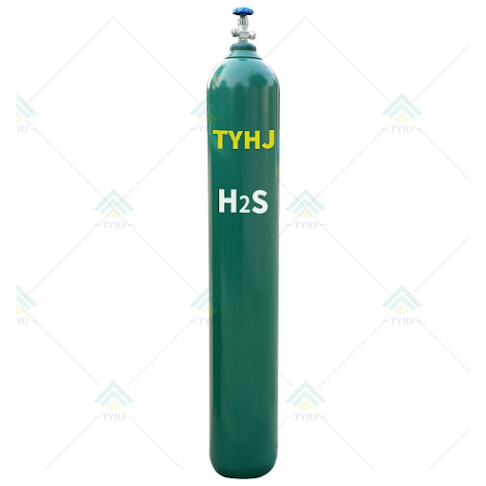What is H2S gas?
Hydrogen Sulfide (H2S) is a gas commonly found during the drilling and production of crude oil and natural gas, plus in wastewater treatment and utility facilities and sewers. The gas is produced as a result of the microbial breakdown of organic materials in the absence of oxygen. Colorless, flammable, poisonous and corrosive, H2S gas is noticeable by its rotten egg smell. With toxicity similar to carbon monoxide, which prevents cellular respiration, monitoring and early detection of H2S could mean the difference between life and death.
Impact on safety (short-term)
Gas is a silent threat, often invisible to the body’s senses. Inhalation is the primary route of exposure to hydrogen sulfide. Though it may be easily smelled by some people at small concentrations, continuous exposure to even low levels of H2S quickly deadens the sense of smell (olfactory desensitization). Exposure to high levels of the gas can deaden the sense of smell instantly. Although the scent of H2S is a characteristic, smell is not a dependable indicator of H2S gas presence or for indicating increasing concentrations of the specialty gas.
H2S irritates the mucous membranes of the body and the respiratory tract, among other things. Following exposure, short-term, or acute, symptoms may include a headache, nausea, convulsions, and eye and skin irritation. Injury to the central nervous system can be immediate and serious after exposure. At high concentrations, only a few breaths are needed to induce unconsciousness, coma, respiratory paralysis, seizures, even death.
Impact on health (long-term)
Those having prolonged exposure to high enough levels of H2S gas to cause unconsciousness may continue to experience headaches, reduced attention span and motor functions. Pulmonary effects of H2S gas exposure may not be apparent for up to 72 hours following removal from the affected environment. Delayed pulmonary edema, a buildup of excess fluid in the lungs, may also occur following exposure to high concentrations.
H2S does not accumulate in the body, but repeated/prolonged exposure to moderate levels can cause low blood pressure, headache, loss of appetite and weight loss. Prolonged exposure to low levels may cause painful skin rashes and irritated eyes. Repeated exposure over time to high levels of H2S may cause convulsions, coma, brain and heart damage, even death.
Impact on facilities
Heavier than air, H2S gas accumulates in low lying areas of poorly ventilated spaces. In oil and gas applications, sour gas (products containing H2S gas) in the presence of air and moisture may form sulfuric acid, capable of corroding metals. Facility equipment, including the internal surfaces of various components, faces reduced durability and impact strength, potentially leading to premature failure.
Detection of H2S gas
Hydrogen sulfide is a fast acting poison, impacting many systems within the body. Wearable gas sensors are necessary for early detection and alerting, as the body’s senses are not reliable indicators. Importantly, gas detectors such as Blackline's G7 wireless gas detector, should be considered as they alert live monitoring personnel of worker H2S gas exposure. Devices with a fast response time and sturdy construction are important for use in harsh environments where H2S may occur. Additionally, as H2S may desensitize and render the body unconscious in no time at high concentrations, connected personal monitoring equipment is crucial.
More contact Taiyu Gas

没有评论:
发表评论